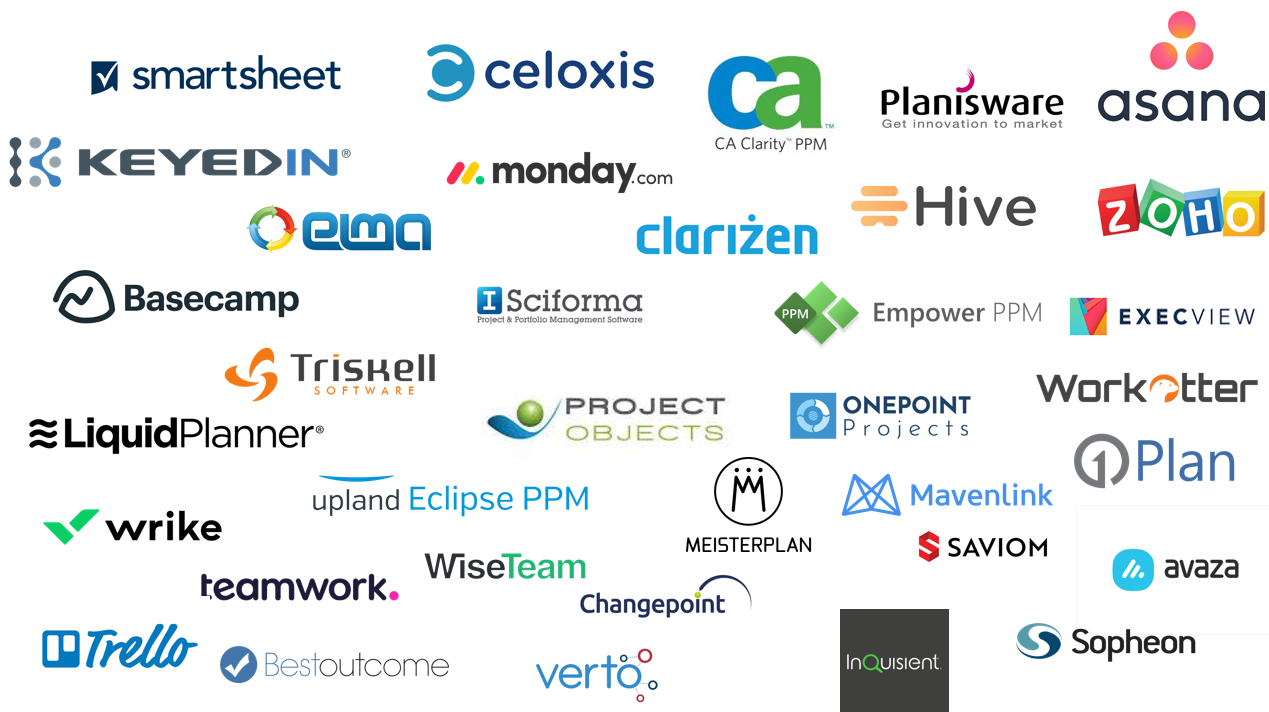Have you identified a need to transform your PMO and project teams with the help of modern tools? If so, then you might now be investigating the project portfolio management tools market, casting your net wide and comparing solutions based on the various features you may consider essential. The choice is huge, with many options available in the market.
But here’s another question: Has your organisation declared a ‘Microsoft First’ cloud strategy?
The incredible success of Office 365 alone indicates that for many organisations the answer is Yes. If you are using Microsoft tools like Teams, SharePoint and Power BI on a daily basis, then yours is most likely among those.
If this is the case, then I would argue that this ‘Microsoft First’ policy should be a key factor for your project portfolio management software strategy.
The Temptation
No doubt, many project portfolio management tools have a lot of promise. They look attractive, are loaded with functionality, are configurable and cater for different types of project management methodologies. Collaboration is a strong theme these days, as well as the promise of quick deployment and time saving – ‘Start today’ – sometimes at a very attractive price point.
But if you are simply evaluating tools based on features and upfront cost, then you may be at risk of investing in a solution that in the end will just be a tactical silo for PPM and a strategic dead end. Why? Because your choice might be what to a ‘Microsoft First’ organisation is a 3rd party solution: a dedicated PPM tool which is hosted by its vendor in its own cloud. This fact alone could cut you off from the digital transformation that is going to take place in your organisation with Microsoft cloud services.
But taking project portfolio management into a 3rd party cloud has a whole range of potential implications:
Risk 1: Data Residency
Your organisation has assessed and approved Microsoft cloud to store its data. Splitting your project data out to reside on someone else’s cloud servers will increase complexity and cause concern for data protection and compliance.
Risk 2: Security & User Administration
Microsoft cloud is recognised as being highly secure. It provides your IT team with a single administration centre to control all user accounts and authentication policies. 3rd party cloud tools are likely to require their own user accounts, logins and license controls – again increasing complexity and compromising central control.
Risk 3: Collaboration
Most PPM buyers nowadays appreciate that enabling collaboration and communication is key to project success. 3rd party vendors may claim that theirs is a shared platform that breaks down communication barriers and helps teams collaborate effectively by saving time. However, your teams actually have a collaboration platform already, and that is Microsoft Teams, SharePoint and other Microsoft services – so they won’t adopt another.
Many vendors recognise that their collaboration features are pointless for Microsoft customers and offer Teams integration for their 3rd party app - so at the very least make sure this is available.
Risk 4: Integration & Automation
One of the many exciting visions in the Microsoft cloud platform is the one for integration and automation with Power Automate. The ability to connect disparate systems and processes, automate workflows and tasks has universal appeal for the whole enterprise. With most 3rd party project portfolio management software you are disconnected from this, although a select few have published Power Automate interfaces that at least allow you to monitor or automate certain events.
Risk 5: Reporting
Every tool out there comes with built-in reporting capabilities – but chances are that for you as a Microsoft cloud customer those built-in reports just won’t deliver. That’s because your strategic reporting tool across the enterprise is Power BI. Microsoft is well ahead of any other BI vendor in the eyes of Gartner, so why would you use anything less for PPM.
The best you can hope for from a 3rd party PPM tool is that it makes its data sources available for Power BI (so you can ignore its built-in reports).
Risk 6: User Experience & Adoption
Once Microsoft cloud services have been adopted by a user community, they become the operating system for their daily work. 3rd party tools that look different, don’t integrate well, require separate login account and stifle collaboration put at risk the most basic premise for success: consistent user adoption of your PPM software.
Risk 7: Flexibility
The 3rd party tool is an off-the-shelf solution that has to serve all its customers equally – and while most likely it can be configured to an extent, you are beholden to the product strategy of the vendor. As your requirements grow and change over time, you are at risk of hitting the ceiling of what the tool can do – and little chance of having it enhanced to your specific needs. Compare that to the Microsoft Power Platform with Power Apps, offering complete freedom to support your specific business requirements and absolute confidence that whatever happens, the flexibility is there to support your needs.
Make the Most of Your Microsoft Investment
Project portfolio management software vendors can look to the future with some confidence – analysts predict a healthy growth for this market. However, the majority of them offer just that: specialist PPM tools.
In contrast, the Microsoft platform offers a much greater vision, namely world-beating collaboration, integration, automation and business intelligence. That’s why your organisation has adopted it, just like over 70% of Fortune 500 companies.
Some PPM tool vendors recognise this and promise integration – with Teams, with Power BI, with Power Automate, with SharePoint etc. - but not being Microsoft native, they will always be 2nd class citizens in the platform.
Yet most people will agree: If we can make the most of our Microsoft investment and apply great collaboration, integration, automation and business intelligence to PPM, then we’re onto a winner!
Power Framework Makes It Easy
With Power Framework we make it easy to do just that. Built with Power Platform tools, deployed in your own Microsoft cloud tenant, natively applying Power Automate, Teams, Power BI and joining up great scheduling and PMO work management tools like Microsoft Project, Planner and DevOps.
It’s not a specialist PPM tool – it is much more than that: It’s your organisation’s strategic digital transformation platform applied to PPM.
Join the conversation with our PPM software experts on LinkedIn.





